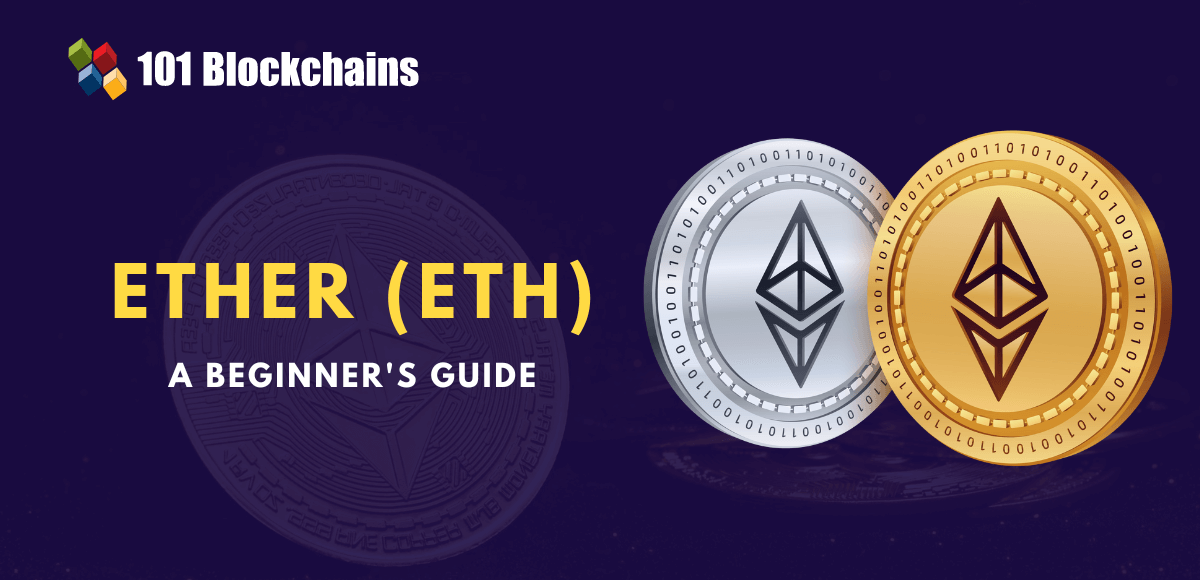JuJu News Hub
Your go-to source for the latest trends and insightful articles.
Ethereal Adventures: Navigating the World of ETH
Discover the magic of ETH! Join us on whimsical journeys through crypto landscapes, projects, and tips for thriving in the Ethereum ecosystem.
Understanding Ethereum: A Beginner's Guide to ETH and Its Ecosystem
Ethereum is a decentralized platform that enables developers to build and deploy smart contracts and decentralized applications (dApps). Launched in 2015 by Vitalik Buterin and a team of co-founders, Ethereum's ecosystem is built on a blockchain that allows for greater functionality than traditional cryptocurrencies. Unlike Bitcoin, which primarily serves as a digital currency, Ethereum facilitates a wide range of applications that run on its network, thanks to its innovative use of smart contracts. These self-executing contracts automatically enforce the terms of an agreement, creating a trustless environment for users.
The native cryptocurrency of the Ethereum network is Ether (ETH), which is used to pay for transactions, computational services, and the execution of smart contracts. As a beginner, it's essential to understand the various key components of the Ethereum ecosystem, which include decentralized finance (DeFi), non-fungible tokens (NFTs), and decentralized autonomous organizations (DAOs). Each of these elements plays a crucial role in the broader blockchain landscape, allowing for innovation and new economic models. As the Ethereum network continues to evolve, keeping abreast of developments, such as the transition to Ethereum 2.0 and its Proof of Stake consensus mechanism, is critical for anyone looking to navigate the world of ETH and its potential.

Top 5 Use Cases of Ethereum: Exploring the Real-World Applications of ETH
Ethereum has become a cornerstone in the world of blockchain technology, offering a versatile platform for building decentralized applications (dApps). One of the top use cases of Ethereum is smart contracts, which enable self-executing agreements with terms written directly into code. This eliminates the need for intermediaries, reducing costs and enhancing transparency. Additionally, Ethereum powers various decentralized finance (DeFi) platforms, allowing users to lend, borrow, and trade assets without relying on traditional financial institutions, thereby democratizing access to financial services.
Another significant use case of Ethereum is in the realm of non-fungible tokens (NFTs). These unique digital assets have taken the art and entertainment industries by storm, allowing artists to tokenize their creations and sell them directly to collectors. Furthermore, Ethereum’s capability for creating decentralized autonomous organizations (DAOs) empowers communities to collaboratively govern projects and funds, fostering a new age of participatory decision-making. As these applications continue to evolve, the potential of Ethereum to disrupt traditional industries becomes increasingly evident.
Navigating Ethereum: How to Safely Buy, Store, and Use ETH
Navigating Ethereum can be a daunting task for beginners, but understanding how to safely buy, store, and use ETH is essential for a successful experience. First, to buy ETH, you need to choose a reputable cryptocurrency exchange. Popular options include Coinbase, Binance, and Kraken. Be sure to compare fees and features before making a selection. Once you’ve registered and completed the necessary verification, you can purchase ETH using a bank transfer or credit card. It’s important to enable two-factor authentication to add an extra layer of security during the transaction process.
After acquiring your ETH, the next step is to store it safely. Cryptocurrency wallets come in various forms: hot wallets (online) and cold wallets (offline). For optimal security, consider using a cold wallet, like a hardware wallet, to store your ETH long-term. If you opt for a hot wallet for convenience, always ensure that it has strong security protocols in place. Lastly, when you decide to use ETH, make sure to keep your private keys confidential, as they are the gateway to access and manage your funds.